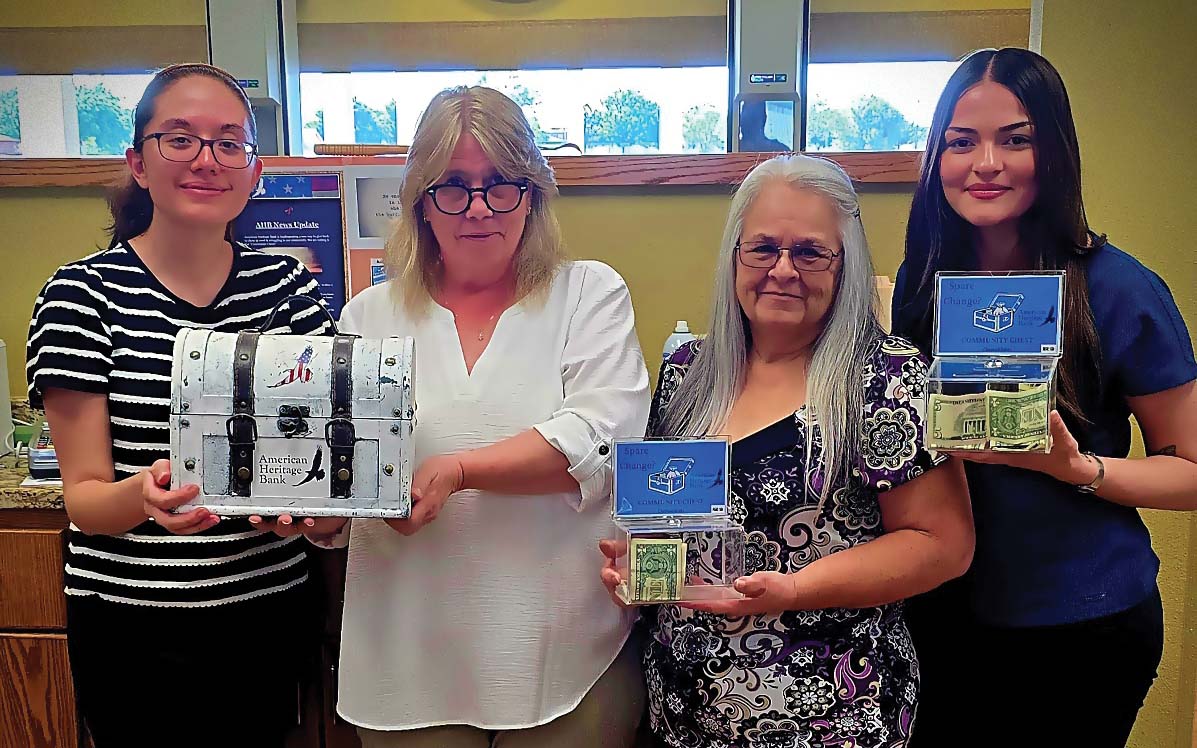Net-of-inflation returns provide a battery of observations.
Jim Reber: Positive/negative charges
February 01, 2022 / By Jim Reber
Net-of-inflation returns provide a battery of observations.
When I take inventory of just the past two years’ worth of conversations I’ve had with community bankers, the breadth of the issues is remarkable. In early 2020, there was still a relative scarcity of deposits (remember?). Then there was widespread panic about deterioration of credit, followed immediately by concern about margin compression due to falling rates. As we progressed into 2021, loan demand (or rather, the lack thereof) and excess liquidity were issues, after which rising rates entered the picture. More recently, the dreaded “i” word, inflation, seems paramount on the list of issues to be dealt with.
To be sure, many bond investors would be negatively affected by a prolonged bout of high inflation. At their core, price spikes erode purchasing power, which can ultimately hinder consumers’ ability to, you know, consume. That has implications for long-term growth prodspects. But does this spell doom for depository institutions, including community banks?
Curse of the parsimonious
We learned (or, at least, were taught) in Econ 101 that real interest rates are those that remain after we deduct the inflation rate for a period. We also learned that net savers/investors are those most harmed by high inflation, at least relative to nominal interest rates. Who are net savers? Typically, it’s individuals on the far end of the consumption cycle, namely senior citizens and those disciplined and/or thrifty enough to stay away from high debt loads. It could also include federal, state and local governments; Germany has historically spent less than it’s raised, although the pandemic has scrambled that trend recently.
Ironically, in the past 20 years or so, with the aging of the world’s population and changing consumption patterns, inflation has been pretty much under wraps. That has led to a generation of low interest rates and lower-than-normal real returns. So, in a twist of fate, those who kept their balance sheets lean and didn’t live off of borrowed money have not had much left over after inflation is netted out. In 2022, real returns on bonds are likely to be negative.
How banks fare
Depository institutions don’t meet the definition of net savers in spite of their capital pads, which, of course, represent an excess of assets over liabilities. Fundamentally, your community bank lives off spread, regardless of nominal rates and price changes. And the readers of this column know better than I the amount of resources they pour into keeping their asset/liability posture insulated against rate movements. The fact that net interest margins (NIMs) have dwindled over the past decade is due to one factor: supply and demand for financial assets. There simply is a lot of money chasing high-quality loans and bank-suitable bonds.
So, in the end, does inflation matter? I say, not much. It’s true that higher nominal rates create more room to price loans, and it’s well documented that rate sensitivity for liabilities is far less than it is for assets. It’s also true that bond yields will improve if inflation persists. But two variables tend to offset these theoretical advantages. First, the Fed can respond aggressively to stamp out inflation if it wants to. Second, interest rates on the long end of the curve are very lowly correlated to overnight rates. And don’t feel alone when you view your NIM trends over the past couple of years.
Embrace mark-to-market losses
In another turn of irony, if higher interest rates do prevail and the market values of your bonds do decline to a point that you’ve got unrealized losses, view that as an opportunity. It would be an opportunity to improve the yields on your collection of bonds and a chance to strategically remove some bonds that you’re not enamored with. With most of the current year still in the windshield, you can get a head start on earning back any realized losses before the end of 2022.
Many community bankers don’t have any firsthand experience with hyperinflation, and for that you can be thankful. Double-digit costs of funds, which actually prevailed for much of the 1980s, weren’t friendly to either borrowers or lenders and nearly wrecked the savings and loan industry. Near-term gross domestic product (GDP) prints are going to see some challenges in 2022, since the headline numbers reflect real GDP.
The conclusion? Community banks’ investment in better interest-rate risk modeling over the past two decades has taken a lot of the rate exposure off the table. As you read and hear the pluses and minuses of positive and negative real bond yields, rest well knowing you’ve very likely insulated your NIMs against supply-driven price shocks.
Education on Tap
2022 webinar series begins
ICBA Securities and its exclusive broker Vining Sparks will launch their 2022 Community Banking Matters webinar series on Feb. 15 at 10 a.m. Central. Daniel Anderson will present “Positioning the Investment Portfolio for Performance.” To register, visit viningsparks.com
Vining Sparks announces sale
Vining Sparks is merging with Stifel Financial, a full-service financial organization based in St. Louis, Mo. The merger will be complete in the first half of 2022. For more information, contact your Vining Sparks sales rep or visit icbasecurities.com
Subscribe now
Sign up for the Independent Banker newsletter to receive twice-monthly emails about new issues and must-read content you might have missed.
Sponsored Content
Featured Webinars
Join ICBA Community
Interested in discussing this and other topics? Network with and learn from your peers with the app designed for community bankers.
Subscribe Today
Sign up for Independent Banker eNews to receive twice-monthly emails that alert you when a new issue drops and highlight must-read content you might have missed.
News Watch Today

Join the Conversation with ICBA Community
ICBA Community is an online platform led by community bankers to foster connections, collaborations, and discussions on industry news, best practices, and regulations, while promoting networking, mentorship, and member feedback to guide future initiatives.













